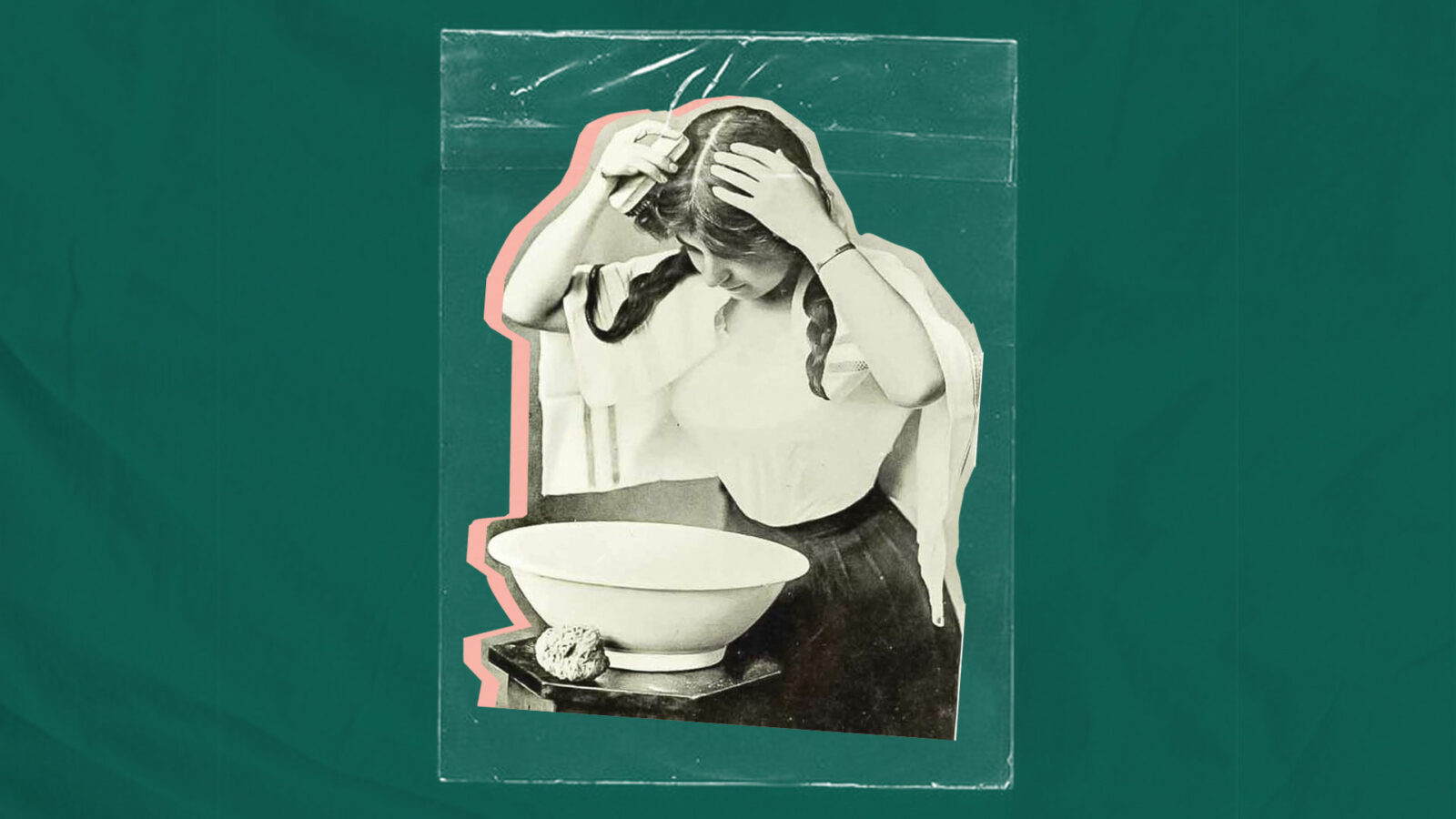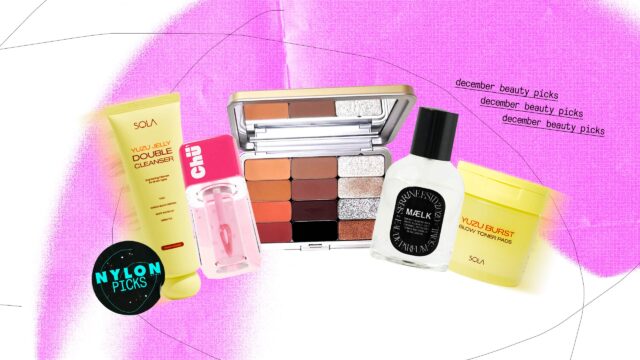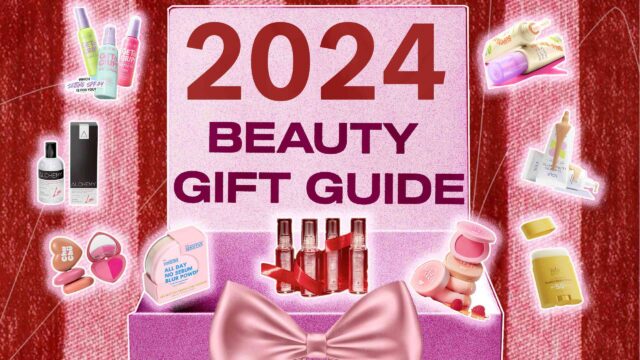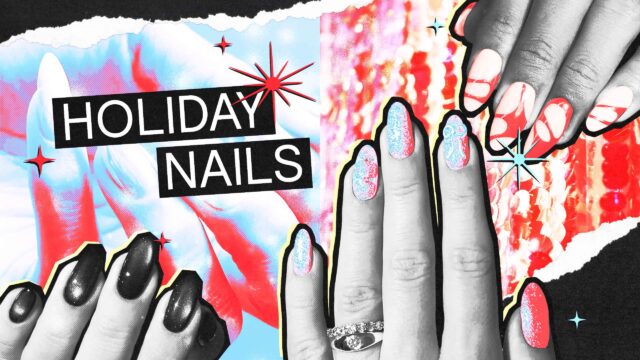Yes, you heard that right. Call it a hippie trend, a movement, or a lazy person’s excuse—not using shampoo actually does a lot of good to your hair. It’s basically cleaning your hair without the use of traditional shampoo.
Getting rid of shampoo might sound crazy, especially in this tropical weather, but if you’re keen to experiment on your tresses while in quarantine (Read: No one will have to know, it’s the perfect time), read on.
A much-needed detox
So really, why do this anyway? For starters, most commercial shampoos contain a lot of toxic chemicals and harmful ingredients that do more harm than good. People who decide to do no-poo want to avoid these chemicals because of their hormone-affecting and hair damaging properties. Some of these are:
Sulfates—While these clean the hair and are responsible for the suds, these also strip off your mane’s natural oils, resulting in brittle, frizzy hair.
Parabens—These are added to preserve the shampoo’s shelf life and prevent the growth of bacteria. Unfortunately, this is a carcinogenic ingredient that takes a toll on your hormones.
Sodium Chloride—Basically, salt. This is added in shampoos to give it a thicker consistency, but then this could dry out your scalp and cause hair loss, especially if you shampoo frequently.
Aside from these chemicals’ drying and not-so-friendly attributes, they could also be the reason why your roots get too greasy. Since they take away your hair’s natural oils, your scalp ends up producing more oil than usual to compensate for that.
Avoid these hormone disruptors and revive your hair altogether by well, giving the no-shampoo method a chance. In the long run, your hair will be stronger, healthier, and way better than before. Frizzy hair will be a thing of the past, and dandruff will basically be nonexistent. You’ll notice more volume and nicely textured hair.
Along with these hair benefits, you’ll be able to lessen your plastic packaging waste brought by shampoo bottles, and of course, save on a couple of bucks by not buying shampoo.
How Do I Start?
Mental preparation might be needed here before you start. There is a grim transition period here, be warned. Your hair will become very greasy before it “normalizes.” This usually lasts for 1-3 months, depending on your hair type, its current condition, and other factors. Once your scalp reduces the amount of oil it produces after getting used to this no-poo situation, all the trouble and waiting time will be worth it.
Before you begin this no-poo journey, clear your hair of any dirt and residue build-up with a good clarifying shampoo. Savor those suds and that freshly washed, squeaky clean feeling.
If you have any plans of going out during the transition period (Hopefully for something essential), wearing a cap, thick headband, or tying your hair in a ponytail or messy bun will hide the greasiness. Or you know, just pretend that you’re purposely going for a waxy, slicked-back look.
And so now the question is: “So what will I use to wash my hair now?”
Natural Alternatives
There are several natural alternatives you can use to wash your hair, and most of them are already most likely accessible to you or available in your home. Some of these are rye flour, eggs, honey, aloe vera, and coconut oil.
But these are the commonly used no-poo cleansers:
Water
Surprise! Good ‘ol H2O is your friend here. I know what you’re thinking. “But what about the sweat?”, “Will I smell?”, “But I work out literally every day!” Don’t worry guys, you can clean your hair with just water. Use warm water while you shower and massage your hair with your finger pads, as if you’re shampooing it. The warm water will help “melt” the hair’s natural oils, and the massaging motion will distribute these oils and loosen up the dirt on your hair. As long as you give your scalp a proper scrub, the dirt and sweat should come off.
Give your hair a final rinse with cold water to close the hair shaft to keep it
healthy. It’s recommended to purely water wash during the first month or so, to let your scalp completely detoxify and regulate the oil production.
Baking Soda + Apple Cider Vinegar
Bid goodbye to that greasy, waxy feeling on your hair by using this rinse combo. After a month of purely water washing, you can now start washing your hair with baking soda and ACV.
Prepare 2 containers before showering—one with baking soda and water, and another one with ACV diluted in a cup of water. The ideal ratio for both mixtures would be 1 part baking soda/ACV to 3 parts water.
After rinsing your hair with water, apply the baking soda concoction, and massage it around. Be gentle though because the baking soda’s gritty texture might irritate your scalp if you aren’t. This acts as your “shampoo” which will sop up all the grease and waxiness (sans the foaming action). Thoroughly wash it off with water after around 1-3 minutes and notice how squeaky clean your hair will be.
Follow it up with your ACV concoction and let it sit in your hair for 1-3 minutes before rinsing it off with cold water. The baking soda’s high pH levels open up the hair cuticle, so you need an acid wash to seal it and rebalance your scalp’s pH. The ACV serves as your “conditioner,” and
this is what’ll make your hair shiny, smooth, and manageable.
A commonly asked question is “Will my hair still smell like ACV after I rinse it?” Well, yes it will smell slightly vinegary. But after 1-2 more washes, it will go away. If you want to mask the smell, add a drop of peppermint, lavender, or tea tree essential oil in your final rinse.
This rinse combo should only be done when you feel like your hair needs a clarifying wash. The best frequency would be once every 2-3 weeks, and then eventually, just once a month. Overdoing the baking soda rinse might cause irritations. If there are days when your hair’s feeling waxy (but not oily), you could just use the ACV rinse.
Lemon/Calamansi
If you think you won’t be able to stand Apple Cider Vinegar, you can use
pure lemon or calamansi juice diluted in water. The juices of these fruits have anti-bacterial properties that will leave your hair feeling clean, soft, and fragrant.
Maintenance
It’s a must to have a boar bristle brush if you’re doing no-poo. Why? This kind of brush will distribute the oils from your roots to the ends of your hair, which will result to even shinier hair. Be religious with this. Once your hair is completely dry, brush it with your BBB in all directions multiple times. Moving the oils around your hair will ensure that the oil won’t turn rancid.
Your other questions, answered.
“How will my hair smell like?”
If you properly cleanse and brush your hair, it’s not supposed to have any foul smell. It’s just supposed to smell like…hair, which pretty much just has a neutral scent. But if you’re still worried about how your hair smells like, you can always just add a drop of your favorite fragrant essential oil in your hair rinse.
“Can I use conditioner?”
There’s no need to do this anymore since your hair’s oils will naturally condition every strand.
“Can people tell that you don’t use shampoo?”
After the transition period, then no. Really, your hair will look amazing, and your friends will probably ask you for your secret to your healthy-looking hair.
“Why is my hair waxy even after the transition period?”
This is an issue for people who have hard water at home. Hard water turns the scalp’s natural oils waxy. A remedy for this is to use an acid rinse (Either ACV or Lemon) to get rid of the waxy feeling.
“How long should I do this?”
For as long as you can. Some people cave in even before the transition period ends, but some have managed to go no-poo for years. You can try to live the no-poo lifestyle until it seems like you’ve got a healthy head of hair. It’s up to you.
Do note that this method will work better for some people than others, and it also depends on how you take care of your mane throughout the process. But this experiment is definitely worth the try, especially since most of us are just stuck at home. Who knows, maybe you’ll eventually embrace this lifestyle?





